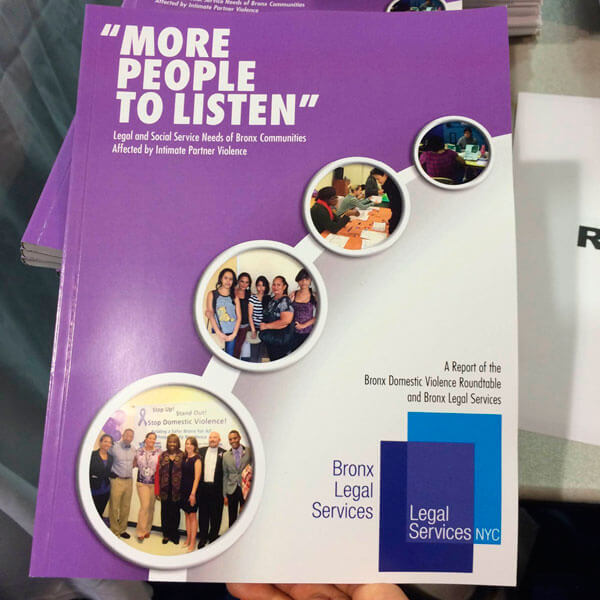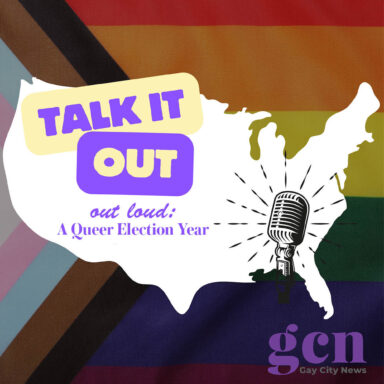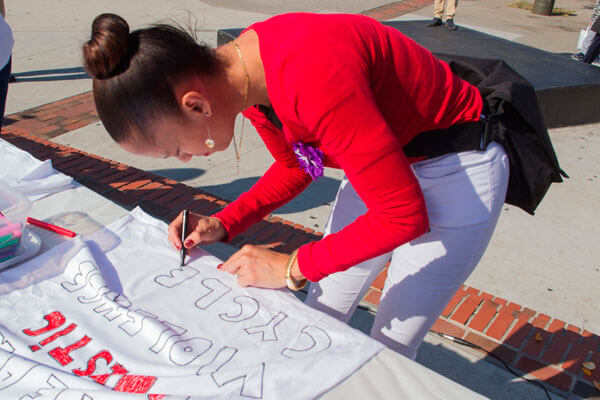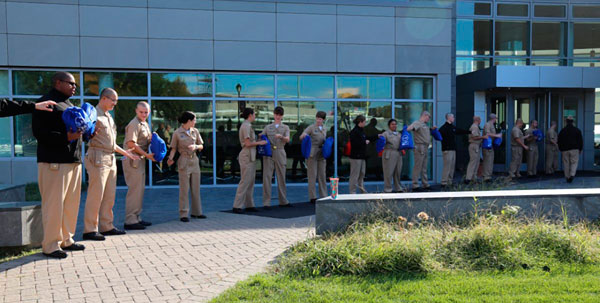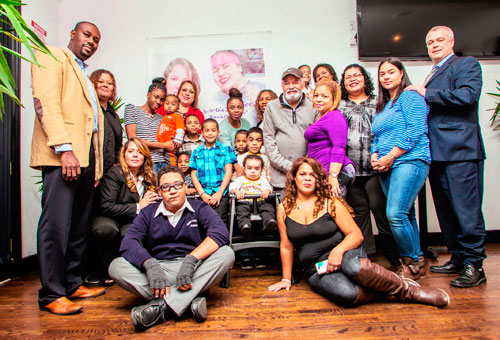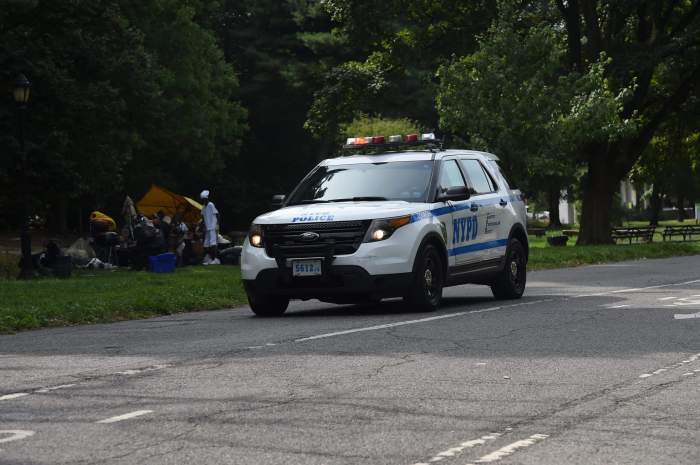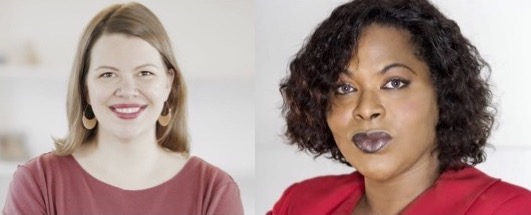As many across the country recognize Domestic Violence Awareness Month, members of the Bronx Domestic Violence Roundtable and Bronx Legal Services took time to educate the community on the struggles underserved communities face when fighting this rampant behavior.
On Friday, September 30, the round table released a study called ‘More People to Listen,’ which outlined some of the struggles.
Elected officials created the roundtable – which is comprised of experts and advocates for domestic violences – in 2014 in order to hear how they could help underserved communities.
“Listening to people affected by intimate-partner violence in the Bronx and expanding the resources here in a way that is much more aligned with what people want was our sole motivation with this report and symposium,” said Terry Lawson, staff attorney at Bronx Legal Services and and one of the main author’s in the report.“
Taking time to listen instead of dictate makes us all better, and by doing so we hope to shift the paradigm of service provision in the Bronx, she added.”
In 2015, there were 75,299 domestic violence reports in the Bronx and ten intimate-partner homicides.
That number makes the Bronx the borough with the highest amount of intimate-partner homicides.
For the study, experts interviewed 140 people affected by domestic. Among those 140 people were those below the poverty line, minorities and members of the LGBTQ community.
The survey found that approximately 64 percent of those surveyed experienced physical or emotional abuse from a partner or ex-partner.
In addition, 75 percent turned to their friends and family for help while only 16 percent turned to law enforcement.
According to the 133-page report, there are certain cases where underserved groups feels there is a stigma attached to them which prevents them from getting the help they need.
One service provider to domestic violence victims told surveyors, “We had to do real organizing as women of color because our needs were not addressed at all.”
In some cases for Spanish-speaking residents – who made up 40 percent of those that experienced sexual violence, they fear seeking help because law enforcement is corrupt in the countries from which they come.
Councilmember Ritchie Torres said the report “makes clear” that the Bronx needs greater resources “particularly to help victims and survivors of intimate partner violence.”
The end of the report includes multiple recommendations from members of the underserved communities and service providers.
Among those recommendations is more training for government employees so they can better deal with poor, LGBTQ, minority and mentally ill domestic violence victims.
In addition, victims and advocacy groups asked for more stability in places like the Human Resources Administration.
They said constant turnover in government services takes away a relationship with someone who was helping that victim heal from their experiences.
Also, financially struggling victims said restrictions for food stamps and other government aid needs to be less stringent.
Council member Vanessa Gibson, said she was “thrilled” to see how much progress the Bronx Domestic Violence Roundtable made with the report.
However, she added she is “looking forward to continuing this very important work.”

